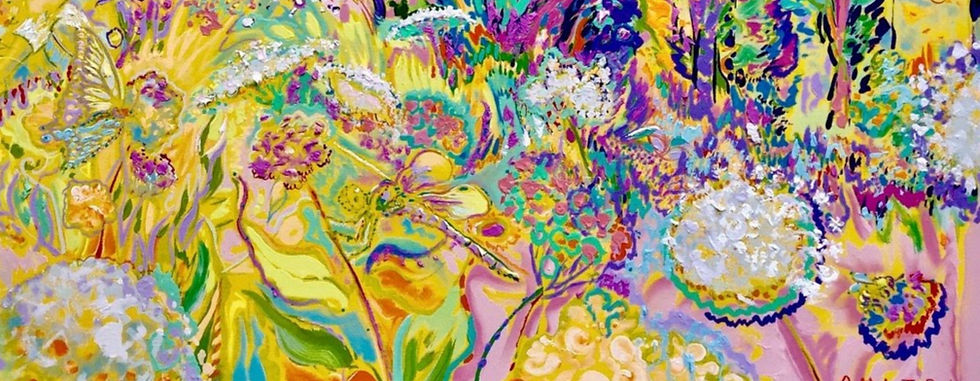Impressionist Composition
- Dmitri Wright
- May 10
- 2 min read
Impressionists' compositions are a combination of the classical elements married with the natural snapshot elements influenced by the cultural dynamics of their time.
Compositions consist of an arrangement for unity, proportion, and balance. The Old Master compositions were basically symmetrical, while the Impressionists’ compositions were asymmetrical.
The early natural Impressionists’ compositions were concerned with light and space as it related the aerial perspective, whereas the post-impressionists displayed a flat design and abstract space within the picture plane.
Photography also inspired the Impressionists’ compositions. These artists liked the candid and spontaneous to capture their time. Impressionists were inspired by informal photography, which influenced them to seek a different type of composition.
It must be noted the Impressionists worked hard to make their work look effortless, yet they sketched, studied, rehearsed, and planned their compositions before painting.
Compositional Elements
Elements of Design: Line, Shape, Color, Texture, Value, Form and Space are elements used to organize the compositional space. For example, compositions can be :
✓ flat or perspective
✓ formal or informal (natural, snapshot]
✓ symmetrical or asymmetrical
7 Composition Designs
View the handout illustration for the 7 types of compositions. Note the pattern of subject matter and negative space within the picture plane. See how each approach moves your eye, and makes you think and feel about the image presented.
It was not unusual that the masters of impressionism used one or more of the compositions presented here. Any one or any combination are keys to formulating a sound composition. This approach here is for anyone who wants to be more formal.
1. Triangle
2. Scales
3. Circle
4. Radius
5. Cross
6. L
7. S



Comments